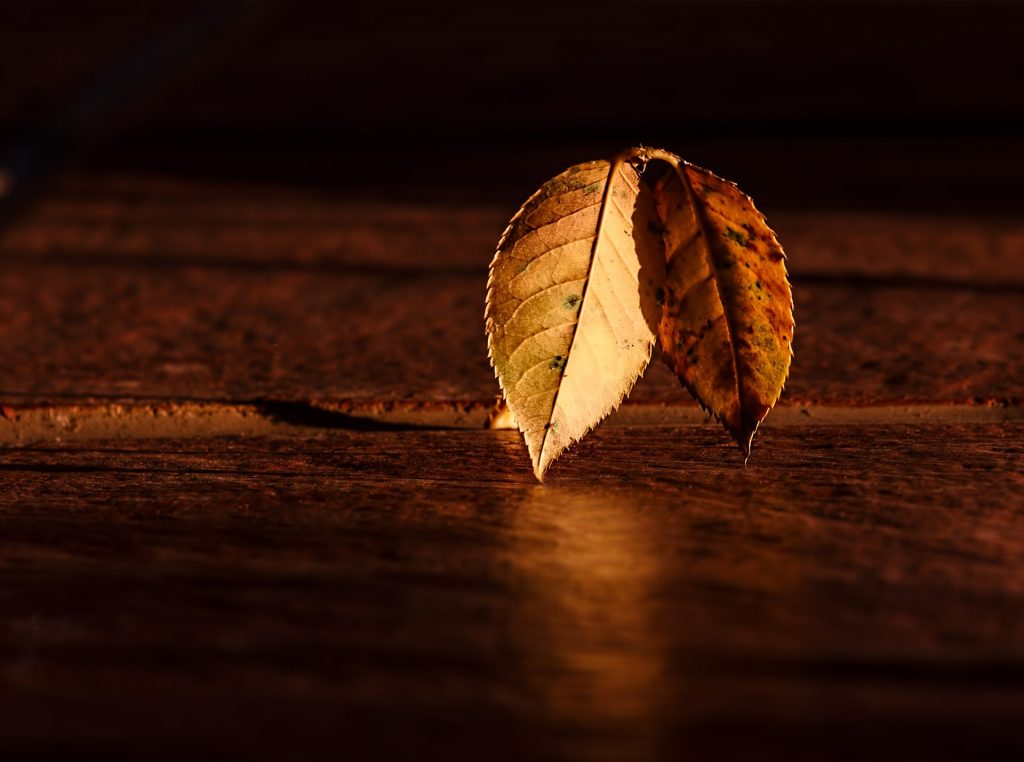Facts About Leaves & the Tree Kingdom
Facts about leaves can be important in choosing a plant to grow in your garden. This familiar green plant may be a mystery to you. In fact, the leaves of the cacti, or desert cactus, are very thin and flat and lack sharp points. Leaves of some trees, such as the oak, are wedge-shaped and tapering, while others are long and elegant. The pebbles that fall from the leaves a wide range of deciduous trees are some of the most beautiful and attractive.
All plants show seasonal changes in growth, including growth and maturation, appearance and movement. At certain times of the year leaves change colors, often due to the availability of water. Leaves also change colors during other times of year, such as when trees are growing well or recovering from severe storms. These changes in appearance and texture can indicate the plant’s health and activity.
Facts about autumn leaves can help you determine the health of trees and plants in your area. Healthy trees show healthy colors of fall foliage and are full of vibrant, bright leaves. Healthy fall leaves are shiny and glossy, with no brown spots or patches. Fall leaves that are discolored often indicate that the tree has a problem or is in danger.
The main four types of trees are evergreen, flowering, deciduous and mixed. Deciduous trees include spruces, syngoniums, holland larks, quinces, and spireas. Oaks, maples and other evergreen trees are those that lose their leaves in autumn. Usually, before new leaves emerge. These trees will not regrow and are best avoided. flowering and mixed trees are those that shed their leaves occasionally for feeding birds, and then resume growing leaves in late winter or early spring.

Photosynthesis is the process by which plants use sunlight, water, and carbon dioxide to make food and other material. Carbon dioxide is released by plants during photosynthesis. Carbon dioxide is necessary for the life of all organisms, but excessive amounts can be toxic to animals and plants alike. Leaves, stems, and seeds are some of the byproducts of photosynthesis.
There are two types: the living and non-living. In the living world, there are many classes that produce food or other materials for survival. However, in the non-living world, only certain classifications of plants do not produce any. Green leaves are one type of plant. They absorb a lot light energy from the sun and appear dark green.
The facts about fall foliage indicate that trees grow best when they are full of sap, which can be a natural pressure keeping trees upright. The best season for trees and shrubs is fall foliage. The leaves turn a reddish-brown color at the tips. The color of the tips of trees’ growth changes during the season of autumn foliage.
The facts about fall leaves and trees illustrate how important it is for the health of people to watch the health of their trees. Outdoor evenings can be enhanced by the beauty of trees. As we look up at trees we can feel the wonderful sensations of seeing the endless possibilities of life unfolding before us. Trees are beautiful and useful structures that serve a purpose. If we are going to take the time to care for our trees, we will also take time to care for ourselves.
